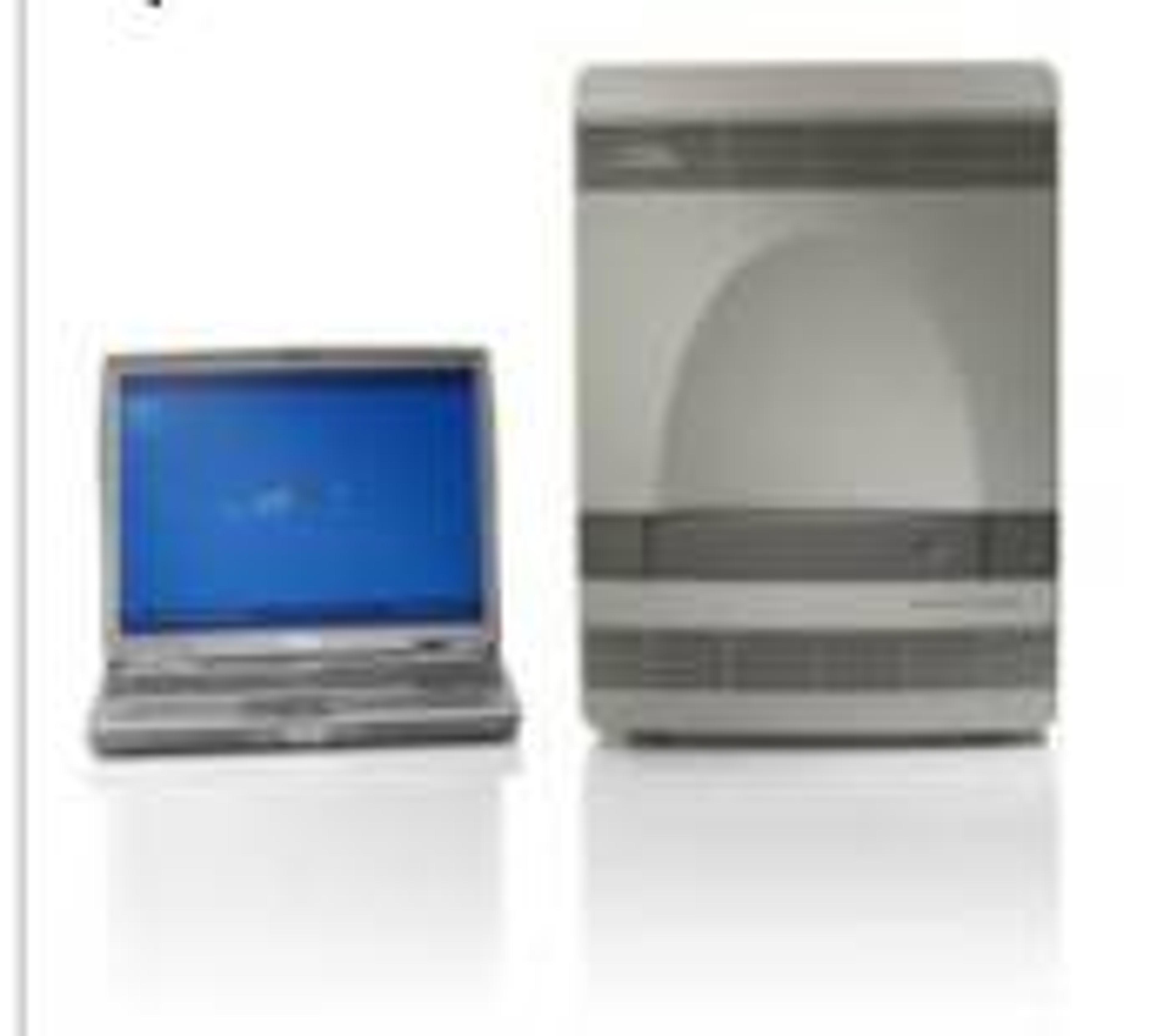Applied Biosystems announces new tools for studying microRNAs
26 Jul 2007Applied Biosystems, an Applera Corporation business, today announced the release of the first TaqMan assays for microRNA (miRNA) analysis that are configured in an array format. The TaqMan Array Human MicroRNA Panel is a molecular tool that can help researchers in pharmaceutical companies and academic institutions more rapidly and efficiently search for miRNA biomarkers associated with disease and accelerate research related to how miRNAs impact biological processes. Using gold-standard TaqMan assay chemistry for quantitative gene expression, the miRNA TaqMan arrays offer researchers the accuracy, sensitivity and reproducibility of real-time PCR using TaqMan assays.
MiRNAs are non-coding RNA molecules that regulate gene expression. They play a role in developmental and cell biology, including stem cell differentiation and development, and have been implicated in a number of different diseases, including cancer and neurological disorders. Research related to miRNAs is one of the fastest growing areas in biology. Previous research has shown that by profiling expression patterns of miRNA genes, scientists can identify potential miRNA biomarkers that classify different disease types and identify disease susceptibility. Applied Biosystems designed the new miRNA TaqMan arrays to help researchers perform large-scale gene expression profiling of miRNAs, and simultaneously detect and determine the amounts of up to 365 different miRNAs genes that may be present in biological samples.
The miRNA TaqMan arrays require lower amounts of starting RNA sample than other analysis methods, providing a more efficient solution for researchers with limited quantities of tissue sample available. The arrays also enable researchers to conduct experiments to evaluate expression changes in miRNA genes normally expressed at levels too low to detect using other methods such as hybridisation microarray techniques. These experiments can be performed with low amounts of initial sample because hundreds of highly sensitive TaqMan MicroRNA Assays have been plated on a microfluidic card. The specificity of the miRNA TaqMan arrays enables researchers to specifically detect the biologically active mature forms of miRNA molecules and to discriminate between closely related miRNAs, which can help researchers better understand the role specific miRNAs play in a cell.
Dr. Peng Jin, assistant professor at the Department of Human Genetics at Emory University School of Medicine, is using the TaqMan Array Human MicroRNA Panel to increase sample throughput for large-scale gene expression profiling applications and to better understand how changes in miRNA levels contribute to the disease pathology of the neurological disorders Rett syndrome and Fragile X syndrome. By investigating how miRNAs regulate neural stem cell proliferation and differentiation in mouse models of both disorders, Dr. Jin hopes to learn about the role of miRNAs in human disease pathology. He noted that he used the TaqMan Array Human MicroRNA Panel to detect miRNAs in mice, because a significant number of human and mouse miRNAs are the same.
“Our sample throughput has increased dramatically,” said Dr. Jin. “Before we had access to the TaqMan arrays, we could only analyse about two samples a day. We can now analyse these same samples in about two hours. The use of this technology has greatly increased the number of miRNAs we can screen per sample and the number of samples we can screen in a day.”
The TaqMan Array Human MicroRNA Panels are part of a complete system that enables researchers to perform 384 simultaneous real-time PCR reactions without requiring liquid handling robots or multichannel pipettes. To perform miRNA gene expression analysis, researchers add DNA obtained from performing separate reactions that involve use of the Applied Biosystems Multiplex RT (reverse transcriptase) pool reagents to the miRNA TaqMan arrays. The arrays are then analysed by Applied Biosystems’ 7900HT Fast Real-Time PCR System.
“Although the discovery of miRNAs is a relatively recent event, and there is still much to learn about their mechanism of action, research continues to reveal the significant role they play in a variety of fundamental cellular processes,” said Peter Dansky, vice president and general manager for Applied Biosystems’ molecular and cell biology consumables business. “With these new miRNA TaqMan arrays, researchers have fast, highly-sensitive tools with which to perform large-scale profiling of these important molecules and learn more about their biological role.”

